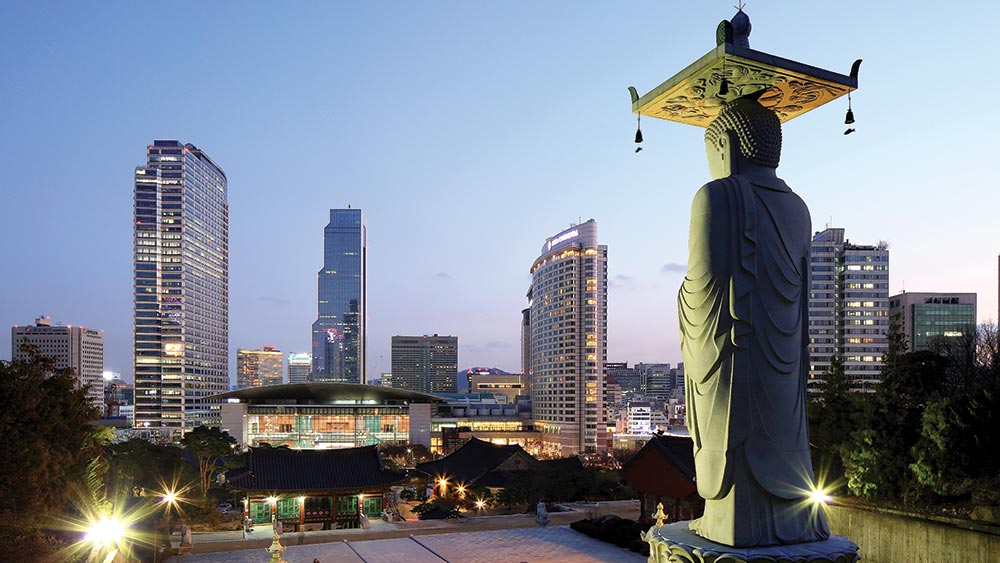The Four Seasons Hotel Seoul in Gwanghwamun was the ideal place to recover from my nearly 24-hour travel day. The rooms are cocoons of luxury, with remote-controlled blackout shades that muffle the city’s haze of lights, soaking tubs prepped with a tray of bath salts, and beds so comfortable they’re bested only by the womb. When I finally emerged, awaiting me downstairs was the breakfast buffet equivalent of Disney’s Epcot.
After breakfast, feeling crisp and rested, I met the two-dozen other journalists in town for the weeklong media familiarization tour hosted by the Korea Tourism Organization (KTO). The fam was being held in conjunction with the 19th annual Korea MICE Expo (KME), and the timing couldn’t have been better. The summit between North Korea and the U.S. was scheduled for just a few days into the trip, and earlier in the year, PyeongChang hosted the 2018 Winter Olympics. These events put a spotlight on South Korea, one that officials hope will also draw the eye of tourists and meeting planners.
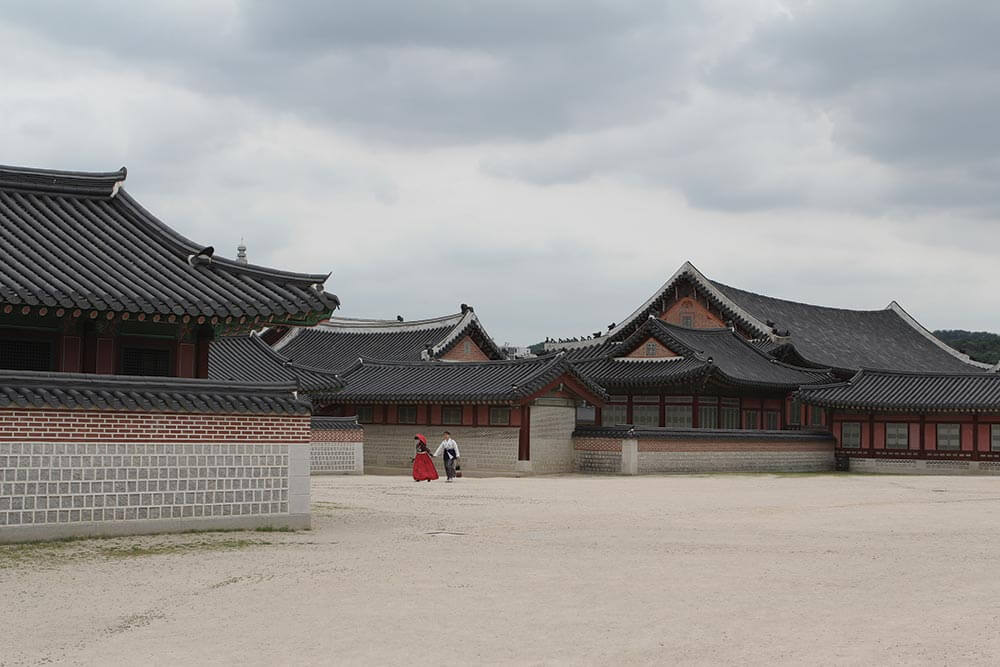
Gyeongbokgung
Our first stop in Seoul was Gyeongbokgung, a 14th-century palace compound where young Koreans don candy-colored hanboks and stage elaborate photo shoots. It’s a beloved Korean custom that foreigners can also partake in at the nearby K-Style Hub, essentially a base camp for tourists. Here, they can pose with cutouts of their favorite K-Pop star, or learn how to make classic dishes like bibimbap, a hearty bowl of beef or pork smothered with a fried egg, rice, vegetables, and, of course, kimchi.
If there was one flavor that sums up my time in South Korea — and there were many — it would be the spicy fermented goodness of kimchi. There are more than 200 kinds, ranging in hue and ingredient, so if you’re not a fan of one it doesn’t mean you won’t like another. The flaming red baechu is the classic variety, and the first I tried during a nine-course welcome lunch at Korea House. A private residence in the 15th century, the complex has functioned as the venue of choice for high-profile events since 1957. Besides offering several spaces for meals or receptions, Korea House can complement the experience with performances and cooking classes.
After lingering over dessert and enjoying a moment of stillness in the garden, we picked up the pace and hopped a train to Busan. Just two-and-a-half hours south on the high-speed Korea Train Express (KTX), South Korea’s second-most populous city has one of the largest ports in the world. Driving over Busandaegyo Bridge, the port seemed to stretch beneath us for miles, a ribbon of multicolored shipping containers that wrapped around the bay’s blue-green water. When we reached BEXCO, the country’s second-largest exhibition facility, we were immediately greeted by Busan Expo 2030 banners — the city is hoping to bid on a future World Expo.
It certainly has the hosting chops and the infrastructure. The BEXCO campus is massive, comprising two exhibition centers, a convention center, and an auditorium. A short distance away, the Nurimaru APEC House, host of the APEC Summit in 2005, is also managed by BEXCO. Unique for its modern spaceship-like design that amplifies its oceanfront views, the three-story venue is surrounded by a park thick with camellia and pine trees.
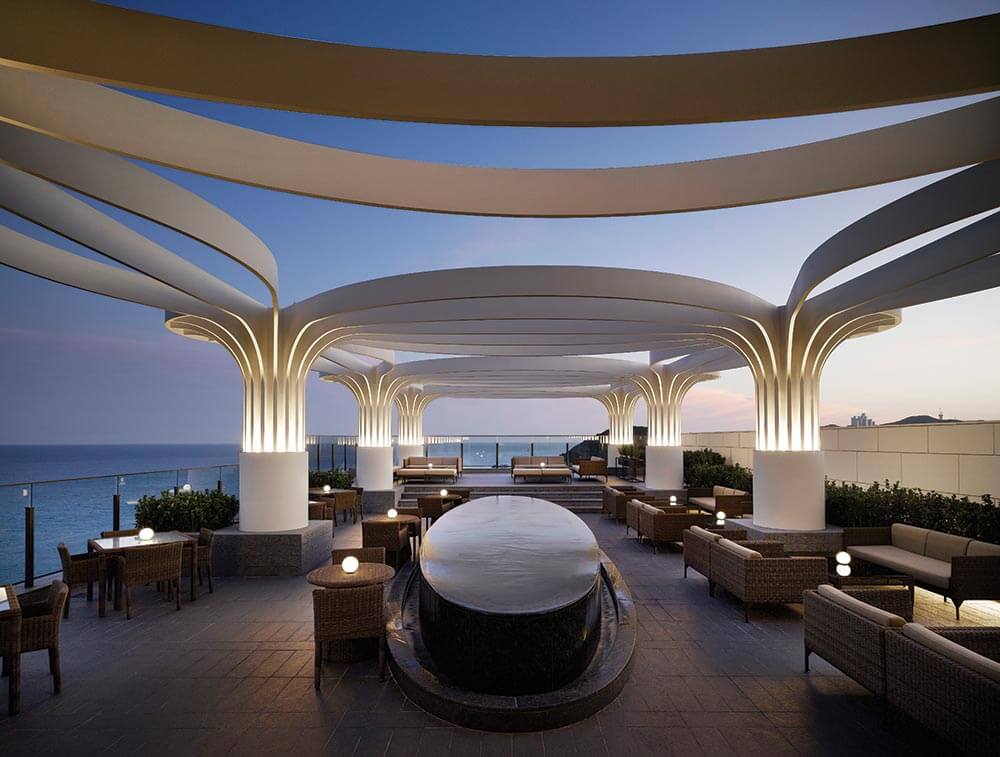
McQueens Bar
It’s here that I began to see why Koreans have long flocked to this southern beach respite. Recently, Busan has attracted a larger international crowd for its design and film scene. Both converge at the Busan Cinema Center, the official venue of the Busan International Film Festival. Besides multiple indoor theaters, the center offers a show-stopping 4,000-seat outdoor theater covered by the world’s longest cantilever roof. Almost as arresting is the beachfront Hilton Busan, in the nearby Ananti Cove tourist development. The vibe here is cool and sleek, inspired by the owner’s love of Steve McQueen. The 310-room property opened last year with two ballrooms and seven meeting rooms, along with unique amenities like infinity pools that peek out over the shoreline, an indoor hot-spring spa, a skincare clinic, and a library.
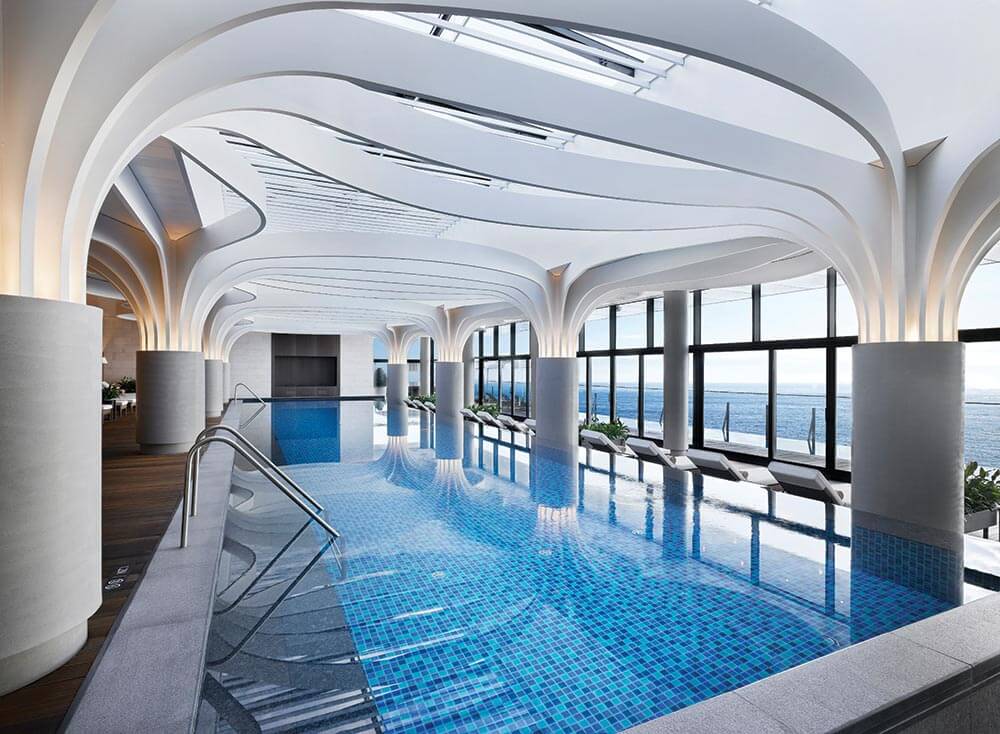
The infinity pool at the beachfront Hilton Busan.
There is a stark contrast between the old and new South Korea, and perhaps the most black-and-white example is Busan and Gyeongju, just a 30-minute drive north. It can take days to properly see the Gyeongju Historic Areas, a UNESCO World Heritage Site packed with well-preserved pagoda temples, palaces, and many other ancient treasures. We managed to squeeze in a respectable number of them in less than 24 hours — a night tour of Donggung Palace; a brief but beautiful hike up to Seokguram Grotto and Temple of Bulguksa; a tea ceremony at Gyochon Hanok Village; and a traditional dinner at Yosokkoong, a restaurant whose recipes have been passed down over 12 generations.
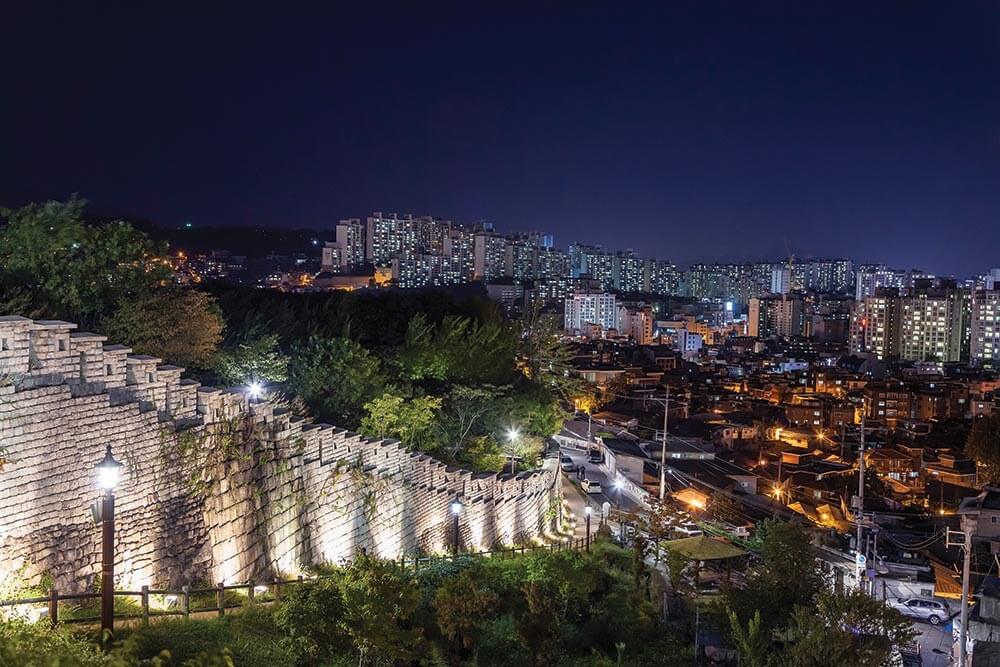
Seoul Fortress Wall
Back on the train, we headed north to experience yet another city distinctly different from the one we had just visited — brand-new, squeaky clean, and shiny Incheon. Bordering Seoul, the city is a free economic zone with a solid resume and a lofty goal of becoming Northeast Asia’s largest business hub. It’s already home to Incheon International Airport, the country’s largest and the world’s seventh-busiest, as well as the business district of Songdo, a very young “smart city” with international appeal. All together, the package is a tempting sell to multinational companies and organizations, as South Korea already has the world’s 10th-strongest economy and ranks No. 1 in the Bloomberg Innovation Index.
The next morning, we arrived at Incheon’s recently expanded Songdo Convensia. “The Korean Peninsula is becoming a symbolic place of world peace,” said Ahn Young-bae, president of KTO, as he kicked off KME 2018’s opening ceremony. It was just one day after President Donald Trump’s meeting with Kim Jong-un in Singapore, and everyone’s hopes were high. It helped that K-Pop boy band Shinee had just made a surprise appearance, becoming official ambassadors for KME and eliciting a crowd response that rivaled what The Beatles probably experienced in the ’60s. From where I sat, I couldn’t help but stay upbeat, too.
The past week, although scheduled down to the minute, had been nothing but positive experiences. Regardless of the time of day or place, travel here is safe and easy, and the hospitality always gracious and genuine.
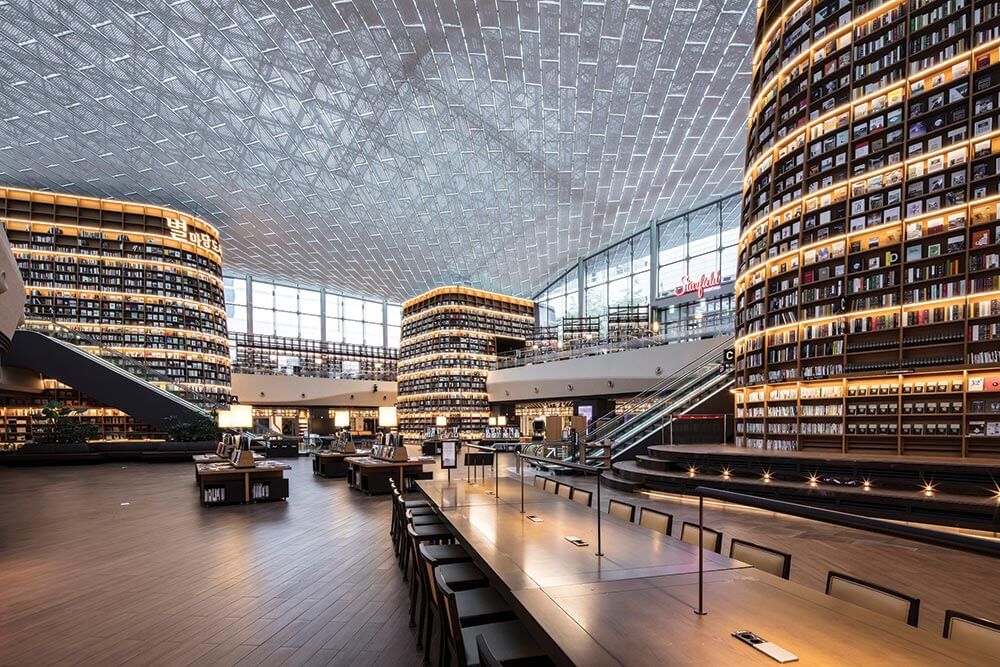
Coex’s Starfield Library hosts cultural events.
On our final day in South Korea, we checked off the remaining must-sees of Seoul — Coex, Seoul’s largest convention center, conveniently attached to Asia’s largest underground shopping mall; the Floating Island Convention event spaces that light up the Han River; and Seoul Dragon City, which has four Accor-branded hotels within its massive 1,700-room footprint. Then, finally, there was just one thing left to do — celebrate the end of a long week with Korean barbeque and soju with all of my new old friends.

